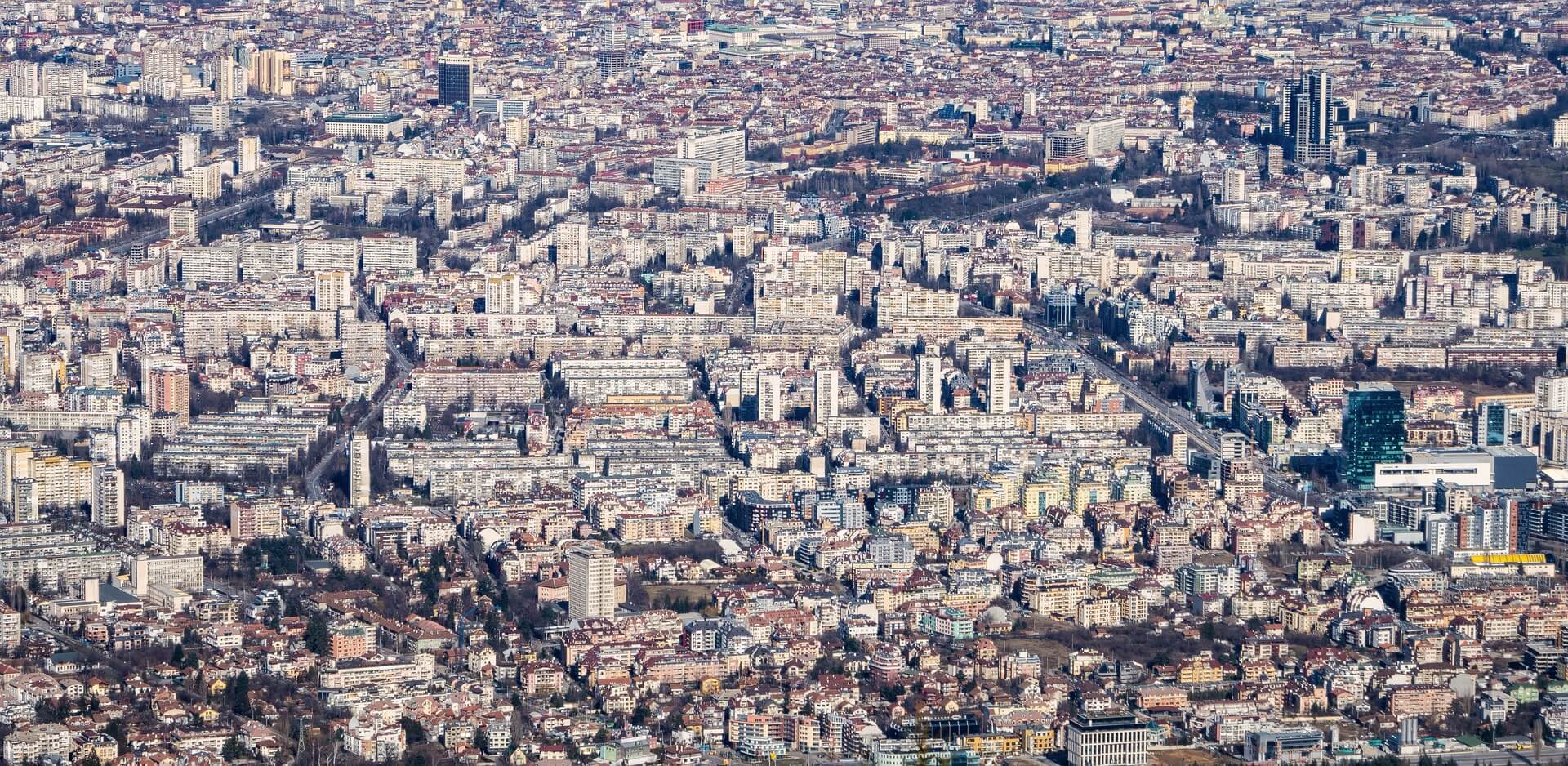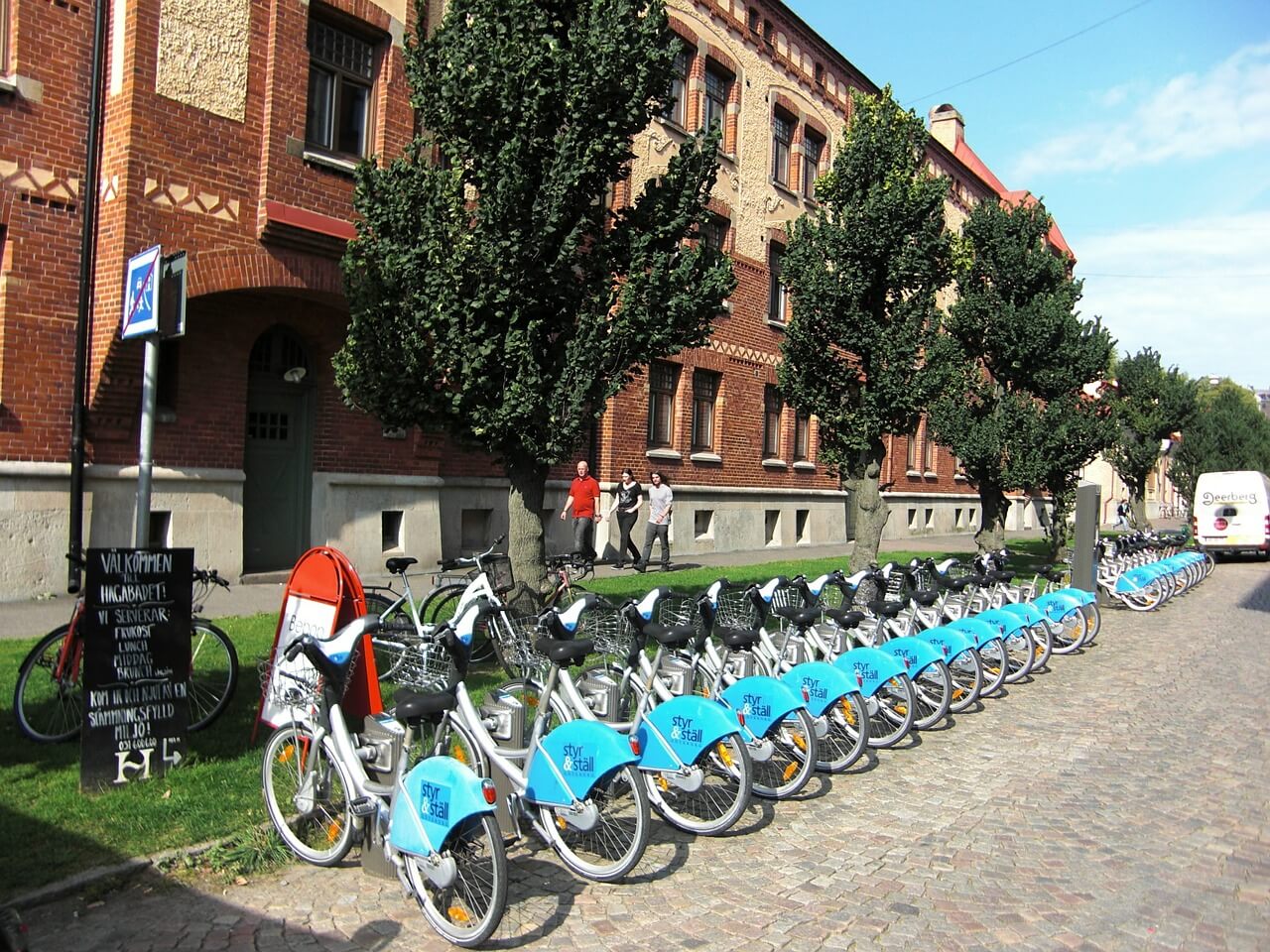Counterterrorism in Megacities
More people are moving to cities, and cities are growing larger than ever before. The number of megacities with more than 10 million inhabitants has grown from 2 in 1950 to as many as 35 today, and is projected to grow to 53 by 2030. Lagos, Nigeria, for example, has grown from 300,000 inhabitants in 1950 to 15.2 million today. Many of these megacities are in the developing world, and some are specifically in regions that have traditionally been plagued by security and terrorism threats.
Intelligence, surveillance, and reconnaissance (ISR) platforms have been an important component of mitigating security and terrorism threats in recent years. Specifically, unmanned ISR platforms have been able to track individuals and help intelligence analysts map terrorist networks and operations, which has often enabled local law enforcement to disrupt these networks and prevent future violence. Weaponized ISR platforms and drone strikes in remote regions tend to make headlines and shape popular perception of the role of drones in counterterrorism, but the majority of work that drones do is intelligence gathering to enable law enforcement and military forces.
Terrorists operate in large cities. As cities grow, and a larger percentage of the population lives in cities, it is likely that terrorists will operate from large cities in the future more frequently than they do today. This presents a number of challenges for defense and security forces. It is specifically challenging for current-generation ISR platforms, most of which were built to track objects in more rural and open environments. Tracking individuals and objects in cities with tens of millions of inhabitants will require new types of platforms and sensor technology.
New Sensors
A variety of sophisticated sensors on air- and space-based unmanned platforms help track individual and vehicle-sized targets from above. The General Atomics MQ-1 Predator, for example, based on publicly available information contains at minimum a multi-spectral targeting system, day-TV camera, laser designator, and thermographic camera system. Some of these are still useful in dense urban terrain, but one could imagine needing to complement these with different types of sensors that would be better able to maintain persistent contact, such as radar, thermal, and devices that track different types of signals emitted from targets.
New Platforms
It seems likely that companies and security professionals will find, or are already finding, that an unmanned drone flying at 12,000 feet is not the ideal platform for dense cities with tall buildings. Sensor packages aside, there are significant angular issues that prohibit line-of-sight for large high-altitude platforms, as well as air traffic control issues that limit freedom of maneuver.
Smaller, more disguisable and maneuverable ISR platforms may be more effective, even if their size limits sensor capacity. I am not speaking from a position of technical expertise of the limitations of different form factors, but it is easy to envision small helicopters, devices that attach to the sides of buildings, or swarms of insect-sized devices being more suited to surveillance and reconnaissance operations in large cities.
An interesting dynamic with small platforms is that they could be difficult to procure under the existing federal acquisition environment. These platforms would have to be essentially disposable, as size and proximity will make them more vulnerable to countermeasures. Highly expensive consumable goods are not generally viewed as being in the taxpayers’ best interest, so they could be difficult to fund and procure. There may also be pushback from defense contractors, who tend to prefer to build large, complex systems that allow them long-term bookings and projects to allocate their engineers.
Business Planning
This is an area where a forward-looking aerospace and defense company could invest to prepare for future requirements. To my knowledge, no companies have yet seized this market to the extent that General Atomics, Northrop Grumman, and Lockheed Martin have in large fixed-wing unmanned ISR. There is, of course, risk to this approach, namely the risk of being wrong and investing in capabilities that are not ultimately going to be needed by the end customer.
However, the growth of cities, expansion of the counterterrorism mission, and success of (and dependency on) unmanned ISR gives us confidence that urban-designed platforms will have a role in the future security environment.
Join the Catalyst Monitor
Join our community, where we push out regular insights to help maintain situational awareness on technological and socioeconomic trends.



